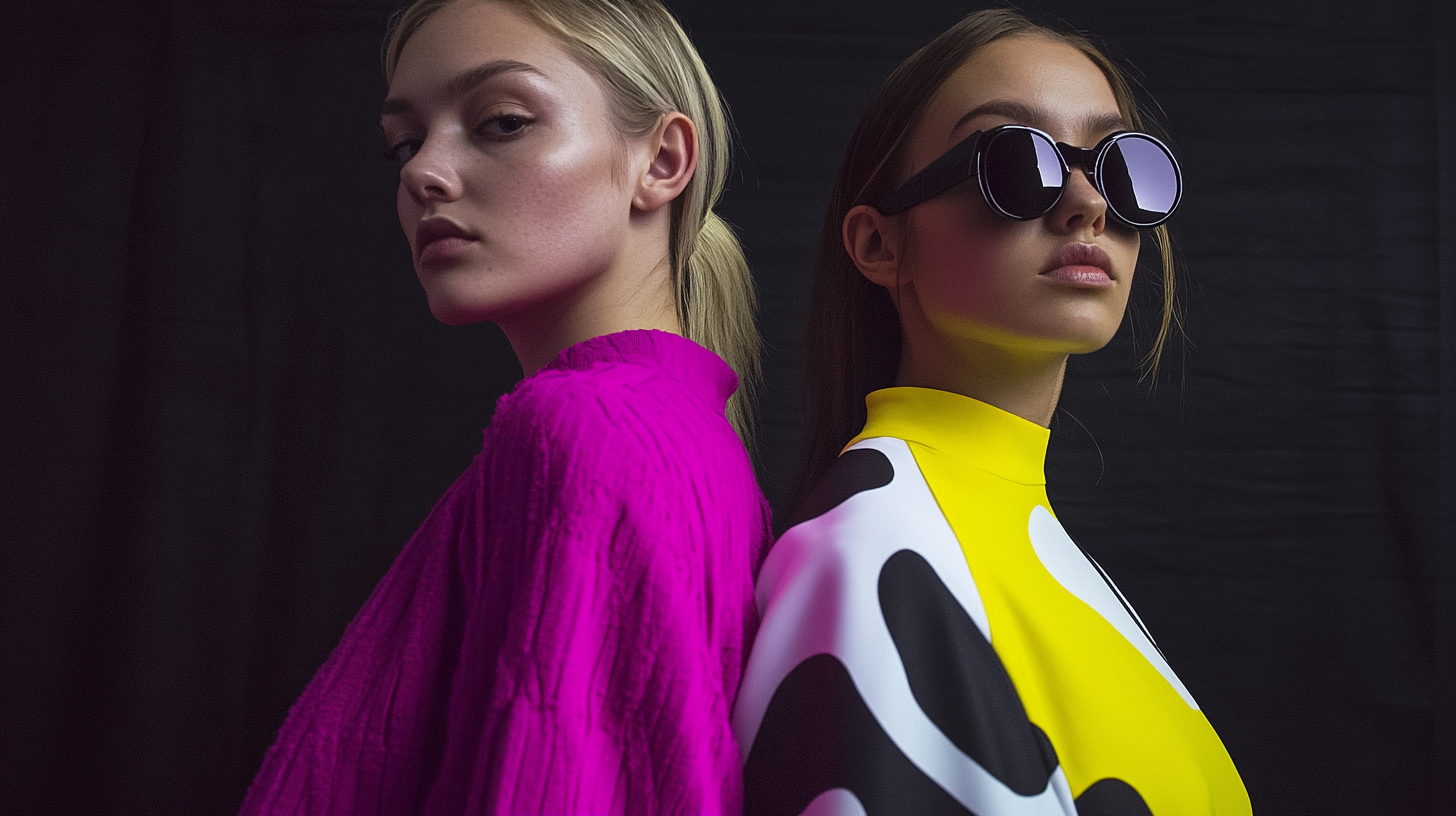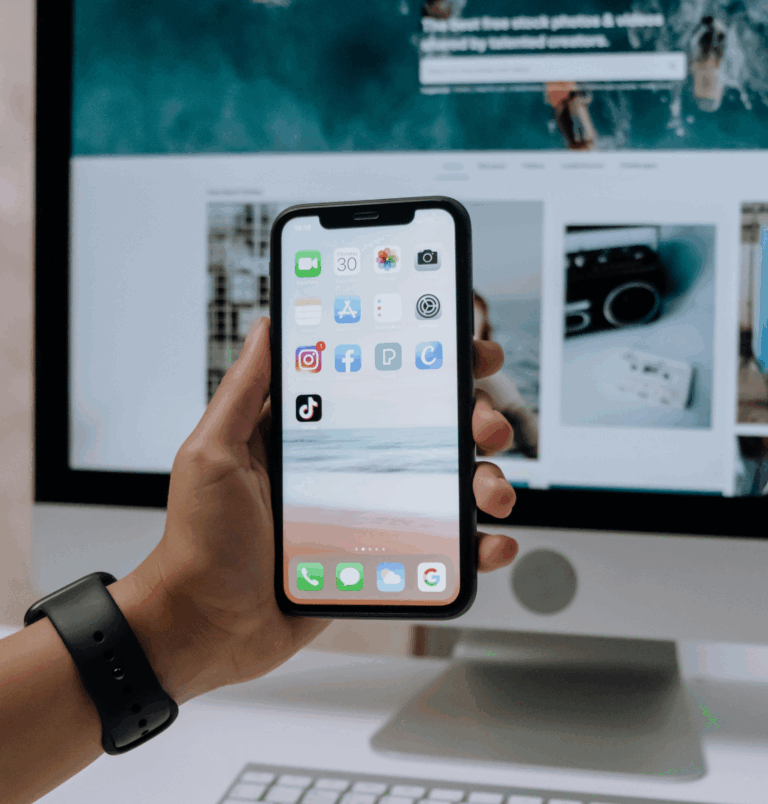Beyond the Drop: Measuring Incrementality in Seasonal Fashion Campaigns

In fashion, seasonal campaigns are often viewed as make-or-break moments. From summer launches to holiday blowouts, these drops are designed to drive urgency and spike revenue. But short-term performance metrics, especially ROAS, don’t always tell the full story.
Many fashion marketers are beginning to ask tougher questions:
-
Did our holiday campaign truly bring in new customers, or did we just discount for people who were already planning to buy?
-
Did our investment in paid media drive real growth, or just shift purchases from one channel to another?
These are questions about incrementality, and answering them is key to building more effective, future-proof campaigns.
Why ROAS Alone Falls Short
ROAS (Return on Ad Spend) is often the go-to metric for measuring success in seasonal campaigns. But by itself, it has limitations. It tells you how much revenue came in during a campaign window, but not how much of that revenue was truly driven by paid media versus what would have happened anyway.
This matters in fashion, where promotions and customer loyalty programs are common. A high ROAS may simply reflect existing demand, not new value created. Without a way to isolate the true impact of marketing, brands risk misallocating spend. This is especially risky in an environment where customer acquisition costs (CAC) are rising rapidly, as outlined in this analysis of fashion CAC trends.
Instead, incrementality helps brands understand the real return on media investment. It answers a better question: what changed because of this campaign?
What Incrementality Really Measures
Incrementality measures the additional value created by marketing. It’s a way to separate correlation from causation and determine whether sales would have occurred with or without the campaign. This is especially critical during seasonal promotions, where natural spikes in demand can obscure campaign effectiveness.
Techniques like geo holdouts, audience split testing, and media mix modeling help uncover this impact. While these methods may require more planning and analytical rigor, they allow teams to measure lift more accurately and make better decisions about where to scale.
In Power Digital interviews with multiple fashion executives, a recurring theme was the desire for more precise measurement frameworks. As one client put it:
“They’re not just a vendor, they’re a business partner. Their team helps us make smarter decisions, challenge assumptions, and stay ahead of the curve. We rely on them not just for execution, but for real insight.”
That mindset reflects a shift across the industry from chasing quick wins to building sustainable growth.
If ROAS is still your primary indicator of success, we’ve got something to show you.
In this quick video interview, Power Digital’s VP of Growth, Connor Sanner, breaks down why brands need to move beyond vanity metrics and start measuring what really matters now.
Winning Q4 Starts in Q2
Planning for holiday success doesn’t begin in October. It begins now. Q2 is a critical planning and testing window for brands looking to maximize performance in Q4.
Here’s why:
-
Creative strategy: Q2 is the time to test messaging, visual concepts, and channel strategies that can be scaled in the fourth quarter.
-
Audience building: Campaigns launched in Q2 can fill your top-of-funnel with high-intent users who will be retargeted later.
-
Data collection: Running incrementality tests during non-peak periods creates a cleaner read on media performance, which is harder to isolate during Q4 spikes.
This preparation phase helps ensure that Q4 campaigns are not just loud but also smart. As noted in this guide to tailoring fashion campaigns for conversions, success often hinges on personalization, relevance, and timing. Planning ahead gives you the space to get those variables right.
Power Fashion provides scalable and tangible marketing solutions for brands maximizing ability to grow.

Prospecting: A Long Game with Seasonal Payoff
One of the biggest levers for Q4 growth is a strong top-of-funnel. Yet too often, prospecting campaigns are paused in favor of retargeting or promotional offers. This may improve short-term ROAS but limits long-term scale.
Fashion brands that invest in prospecting earlier in the year, using platforms like TikTok, Pinterest, YouTube, and influencer partnerships, tend to see stronger performance during major drops. Not only is the audience warmer, but their first impressions are shaped by storytelling rather than discounts.
As discussed in how to diversify your media mix, upper-funnel engagement drives downstream impact. Even if a user doesn’t convert immediately, their future behavior is influenced by early exposure to brand values and product narratives.
Best Practices for Seasonal Campaign Planning
To make the most of your seasonal campaigns, especially in Q4, consider implementing the following strategies:
-
Test early and often: Use Q2 to trial new creatives, offers, and audiences in a lower-pressure environment.
-
Measure incrementality, not just ROAS: Use geo holdouts or audience splits to isolate true lift.
-
Prioritize contribution margin: Align paid media efforts with profitability, not just gross revenue.
-
Segment your messaging: Don’t serve the same offer to new customers and repeat buyers. Tailor your creative to where the user is in the journey.
-
Build your email and SMS list early: Launch gated content or early-access programs to expand your owned audience before the buying window.
-
Align teams across functions: Bring creative, merchandising, and performance teams together early to avoid last-minute chaos.
-
Stress-test your e-commerce experience: Make sure your mobile UX, checkout speed, and site performance can handle traffic spikes.
-
Don’t rely solely on discounts: Consider value-added offers or exclusive access to preserve brand equity.
-
Review your channel attribution models: Ensure you’re getting a clear picture of what’s driving performance across platforms.
-
Use learnings to guide 2025 planning: Apply data from this Q4 to shape next year’s growth strategy.
Next Steps
Seasonal campaigns are high-stakes. But true success isn’t measured by revenue alone. It’s measured by progress. Did you acquire more valuable customers? Did your top-of-funnel investments pay off? Did your media actually create lift?
By focusing on incrementality, planning early, and balancing performance with brand-building, fashion marketers can turn seasonal moments into lasting momentum.
Looking for more strategies to scale your brand intelligently? Explore how leading fashion brands grow with smarter measurement, diversified media, and full-funnel thinking. Or learn more about our complete Digital Marketing Services designed for brands navigating rapid evolution.
Our Editorial Standards
Reviewed for Accuracy
Every piece is fact-checked for precision.
Up-to-Date Research
We reflect the latest trends and insights.
Credible References
Backed by trusted industry sources.
Actionable & Insight-Driven
Strategic takeaways for real results.


















